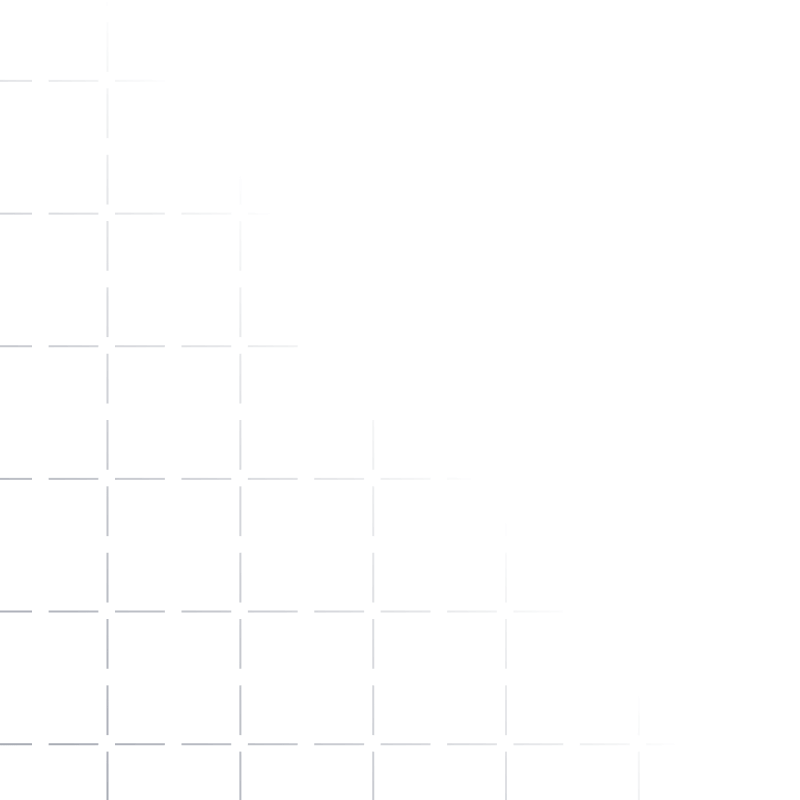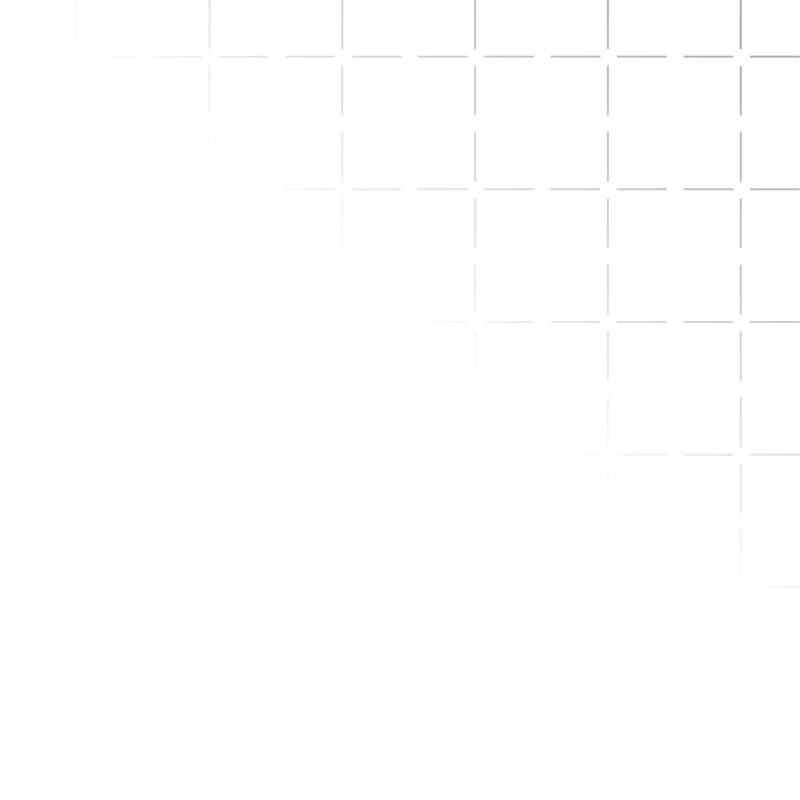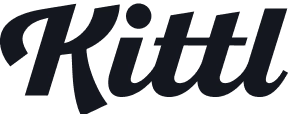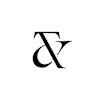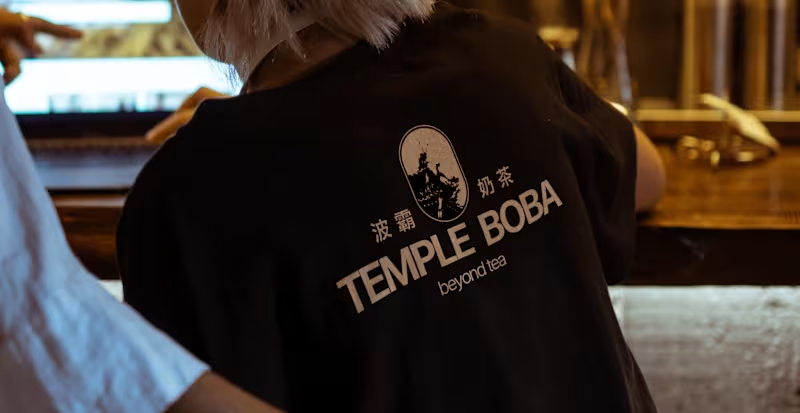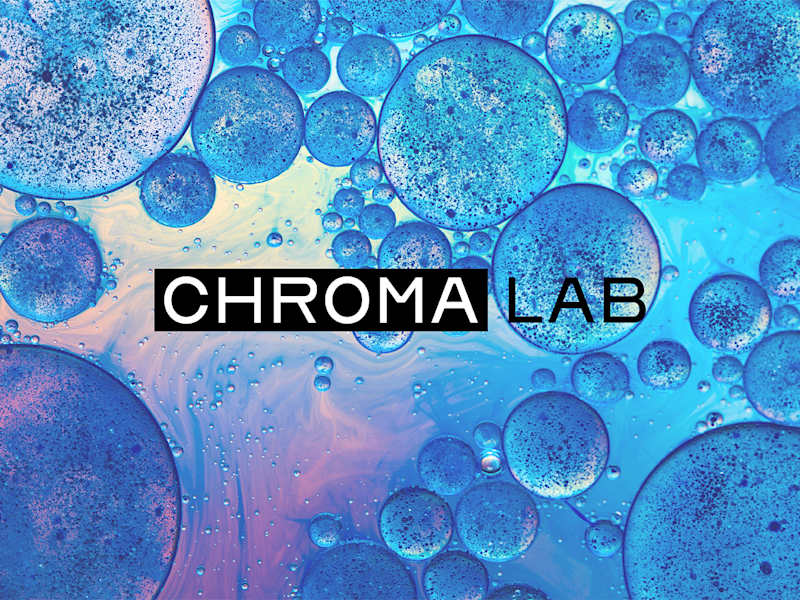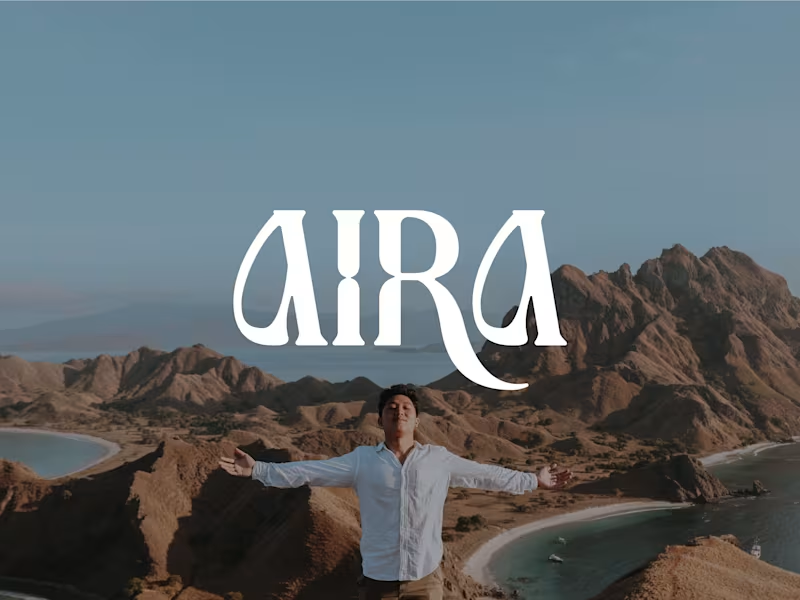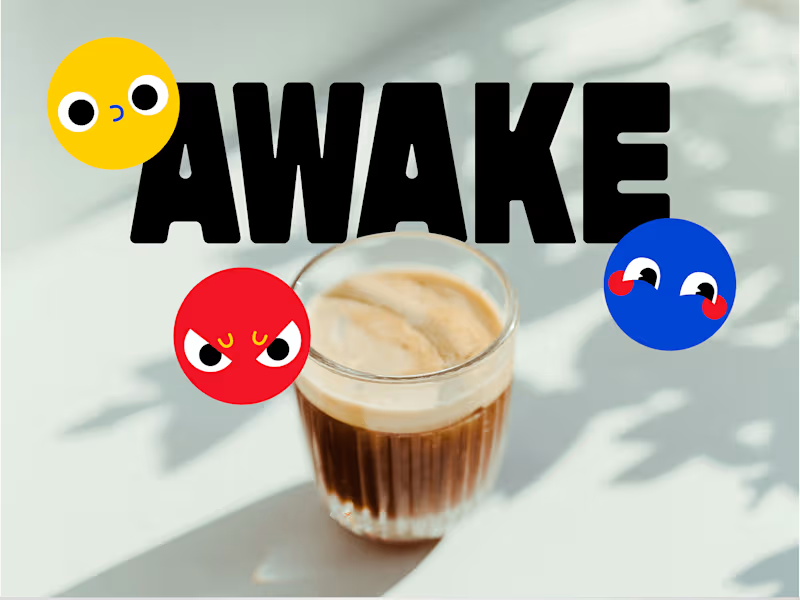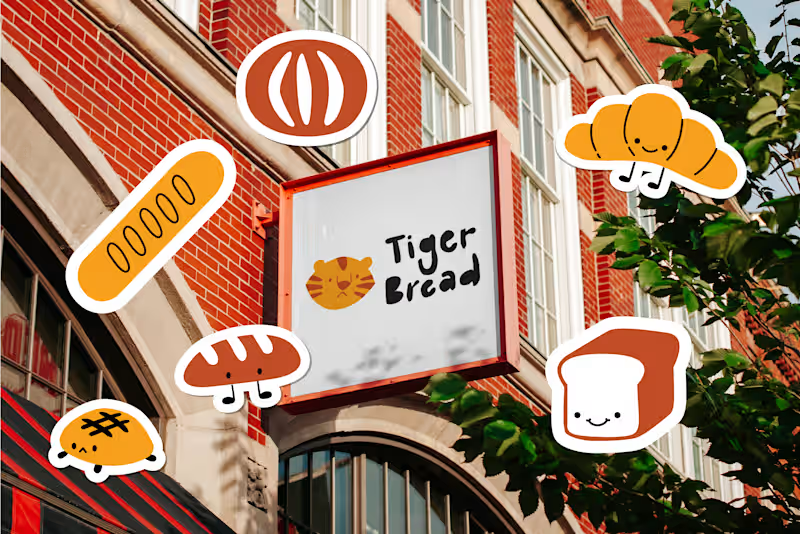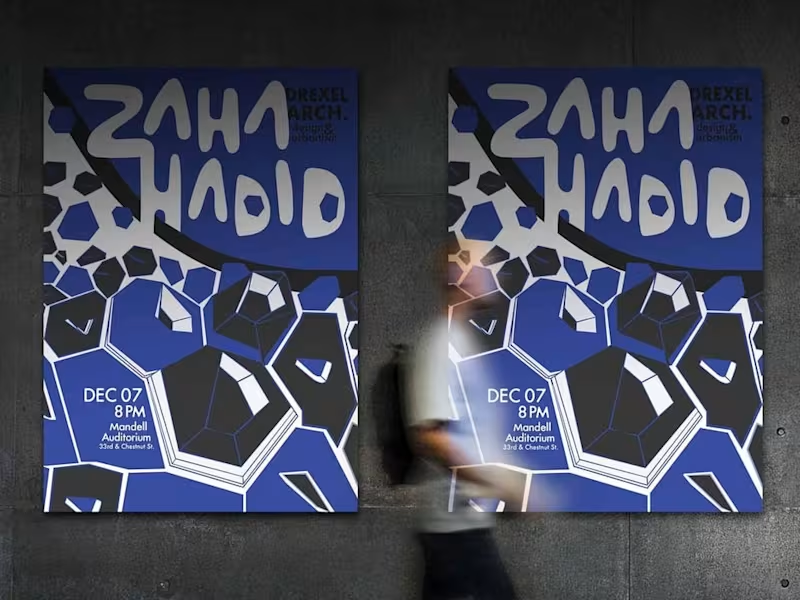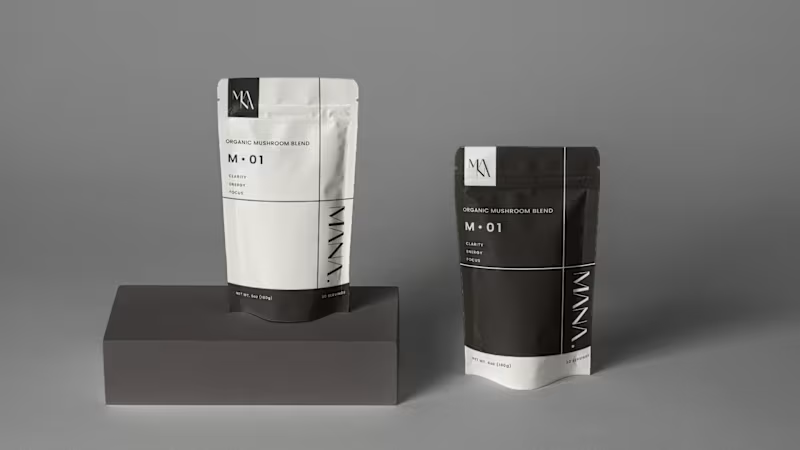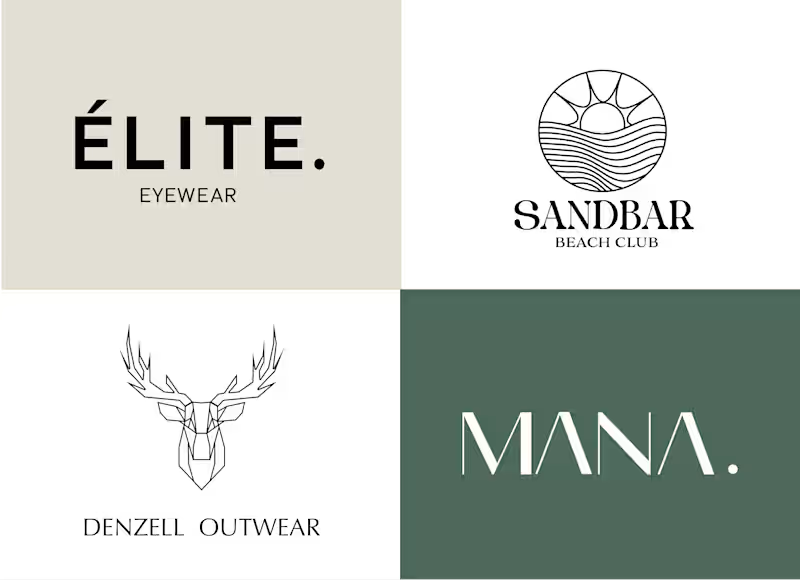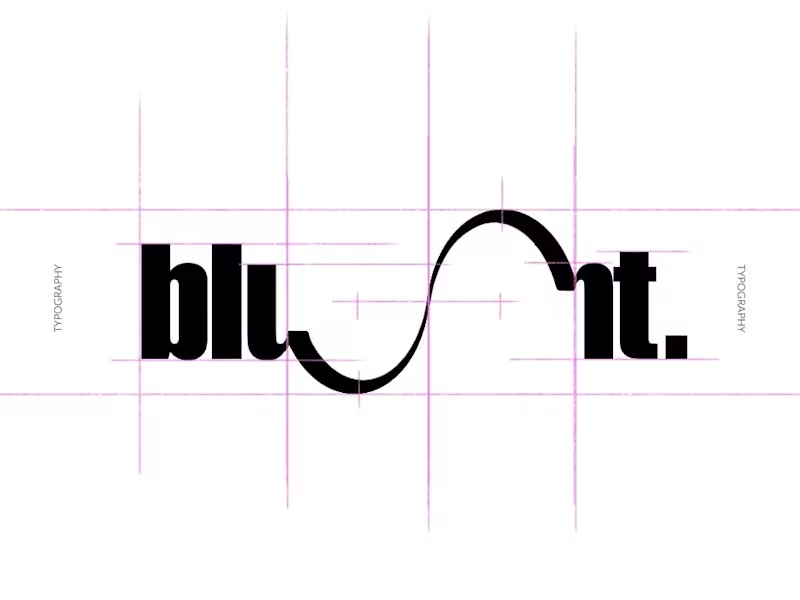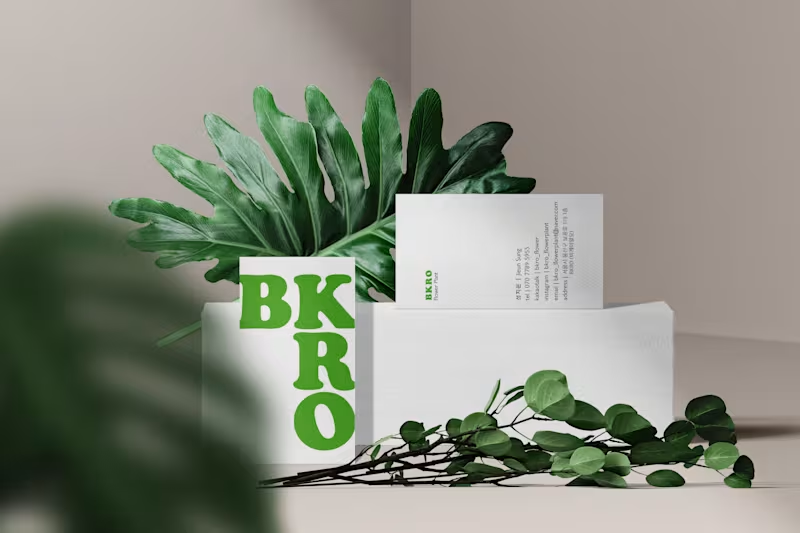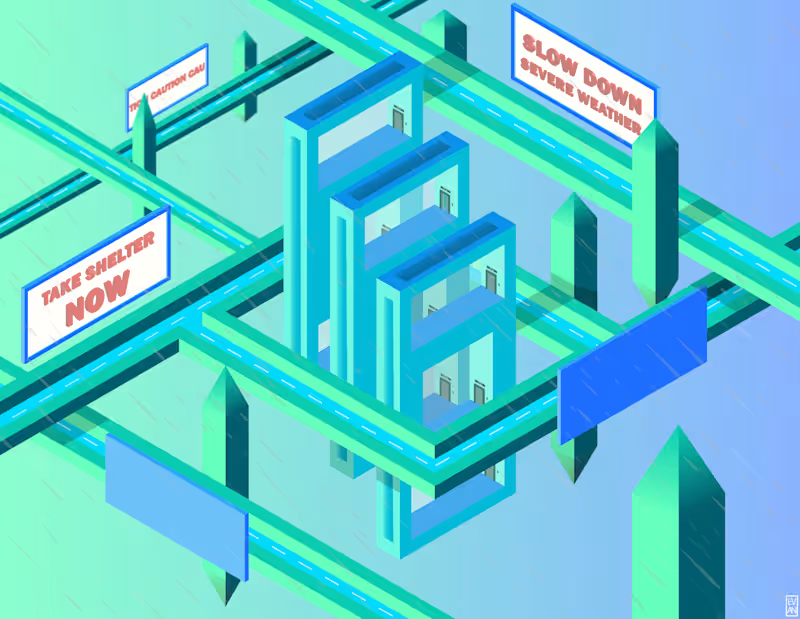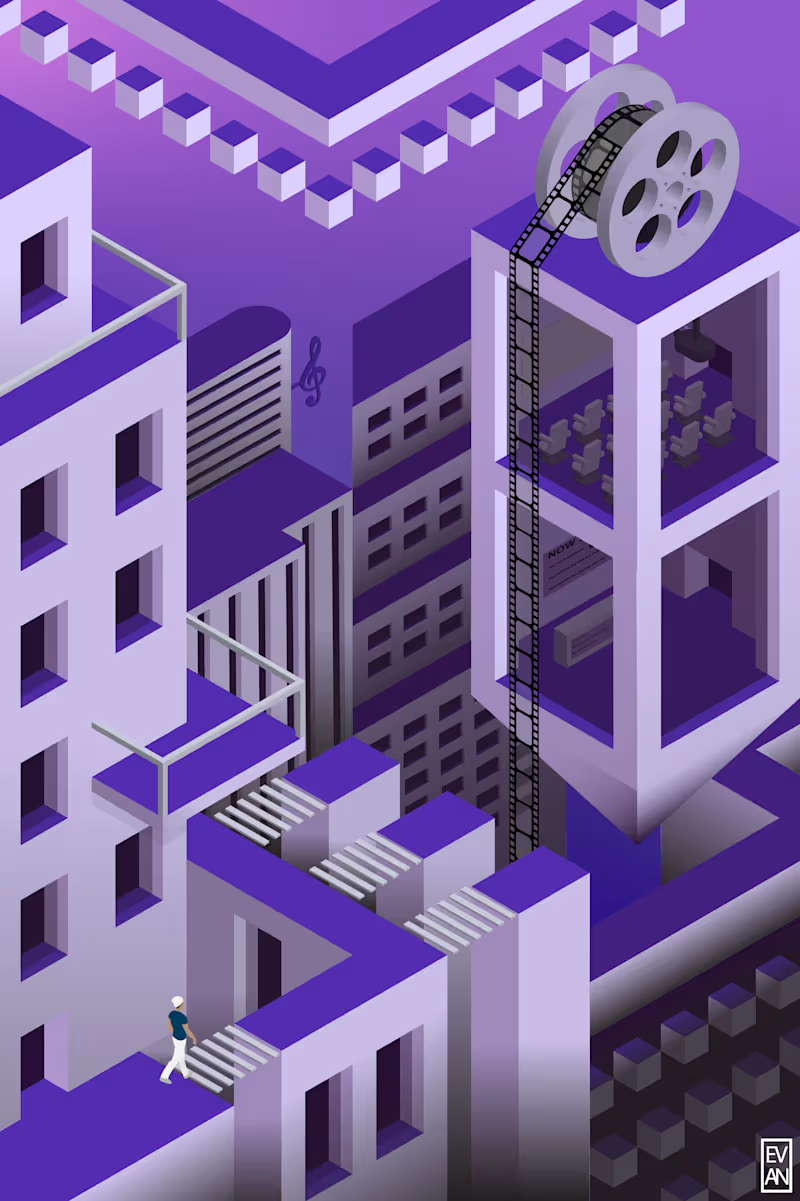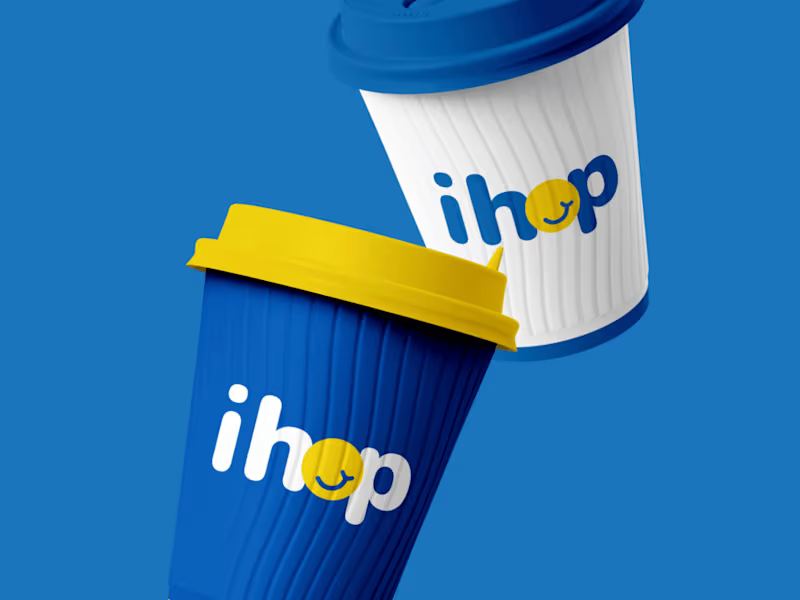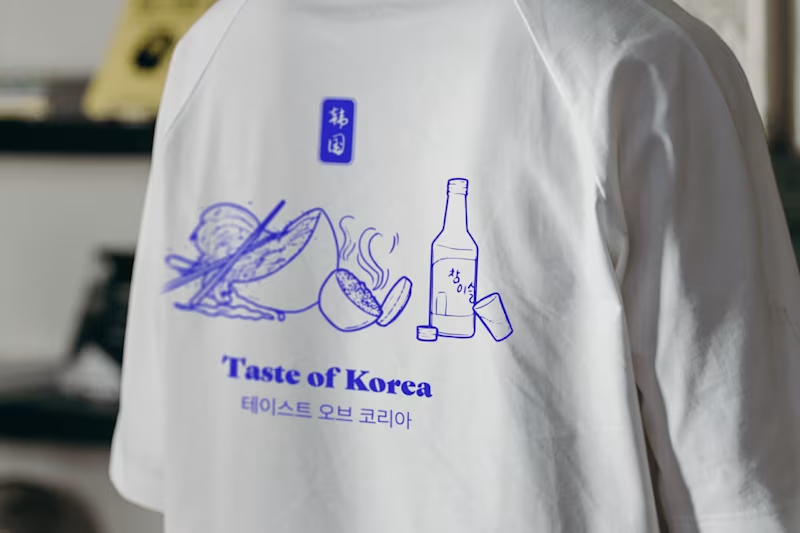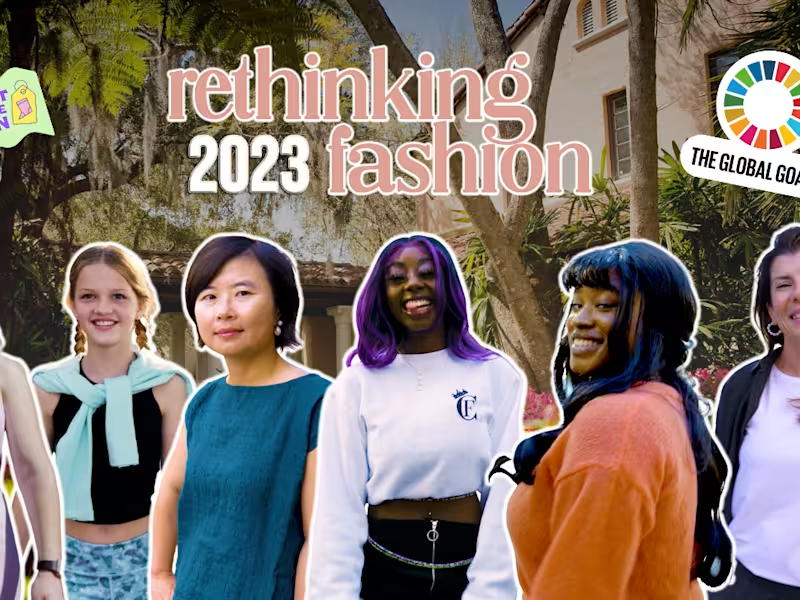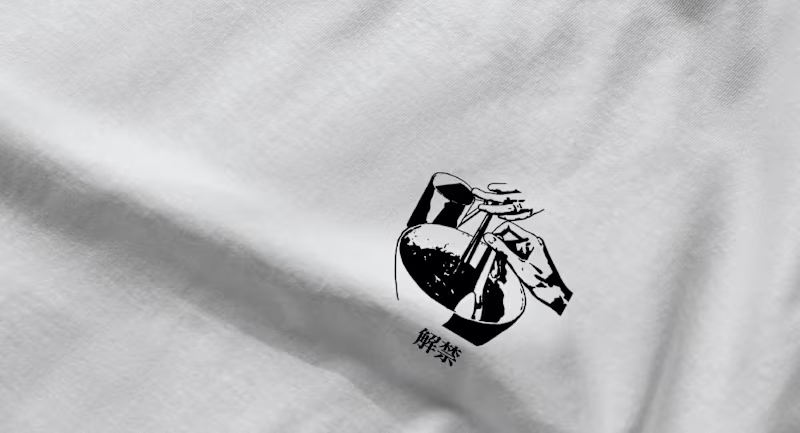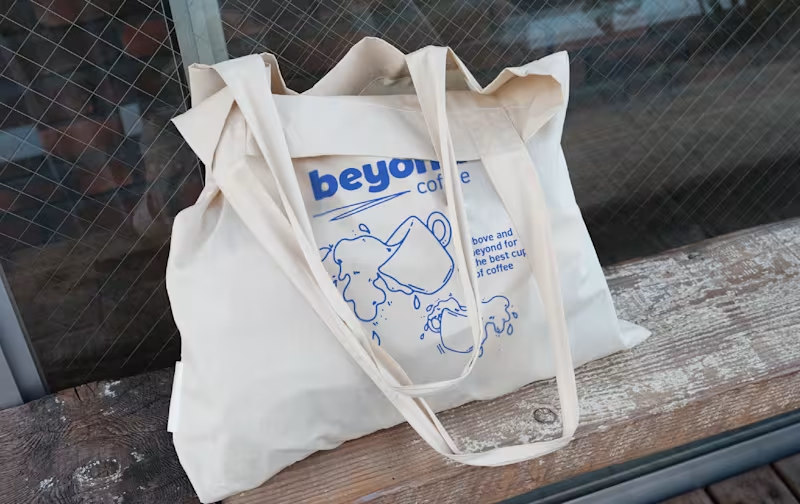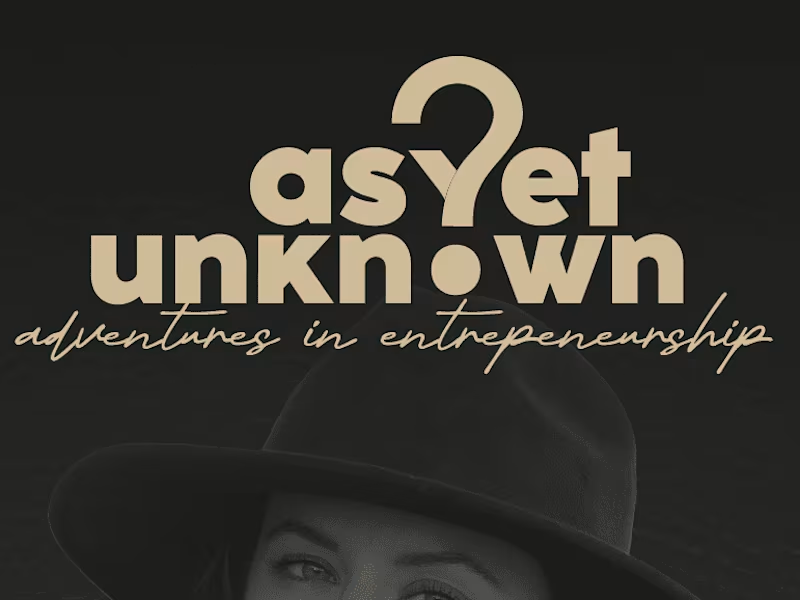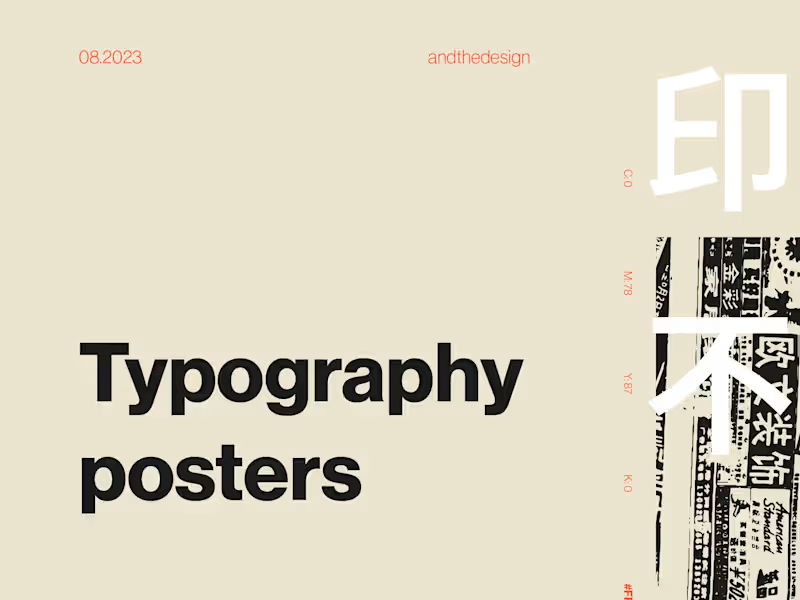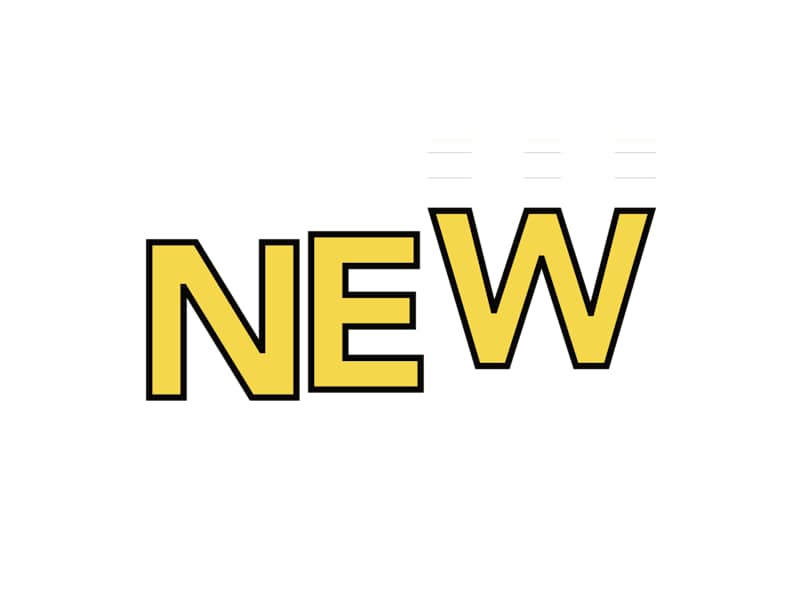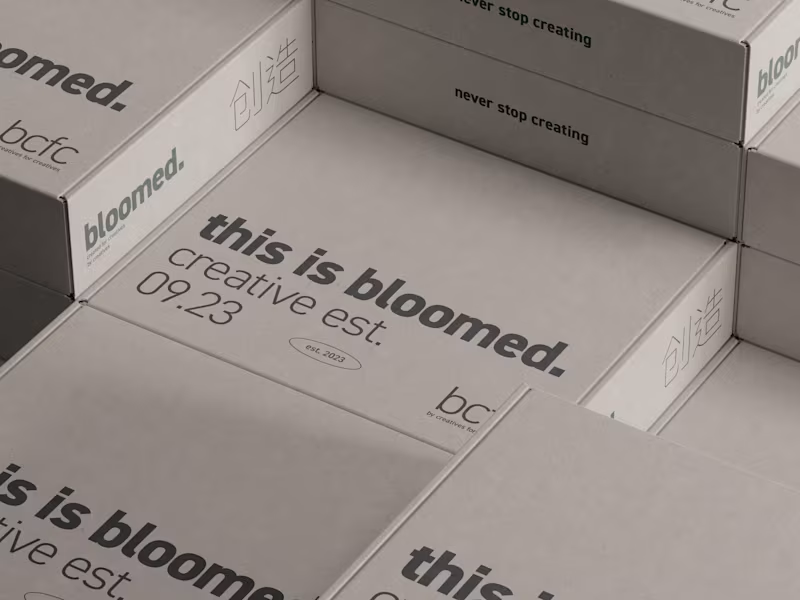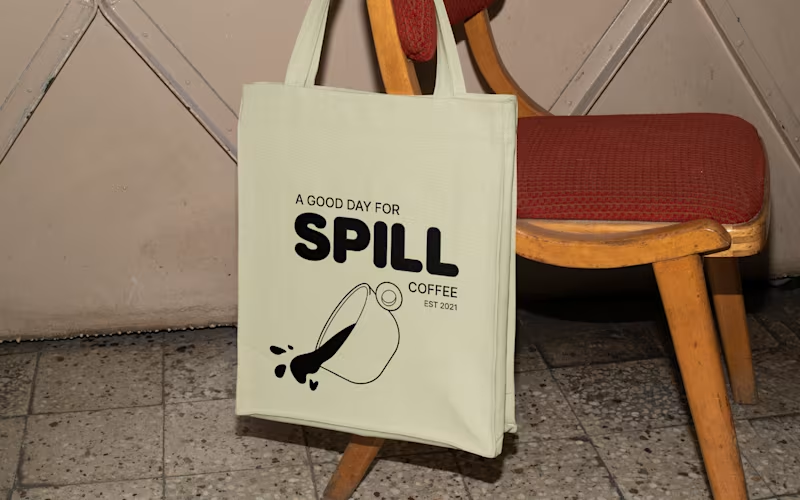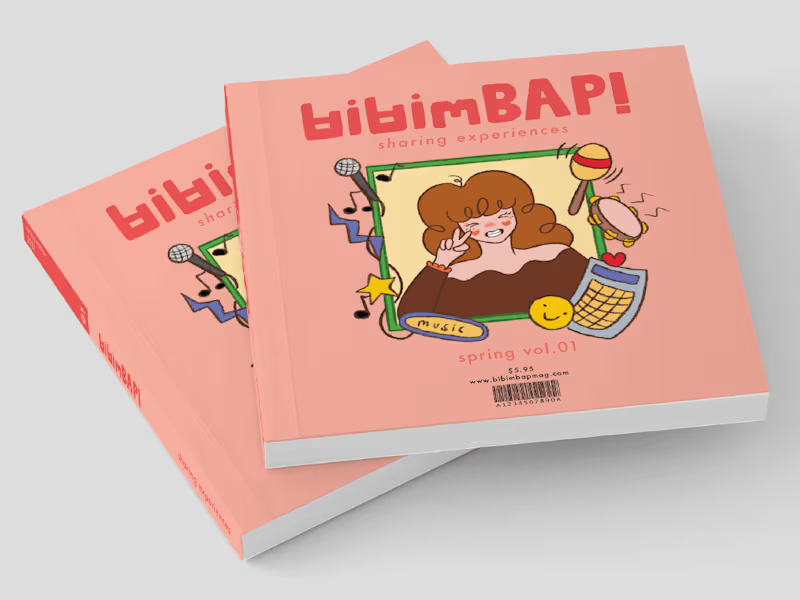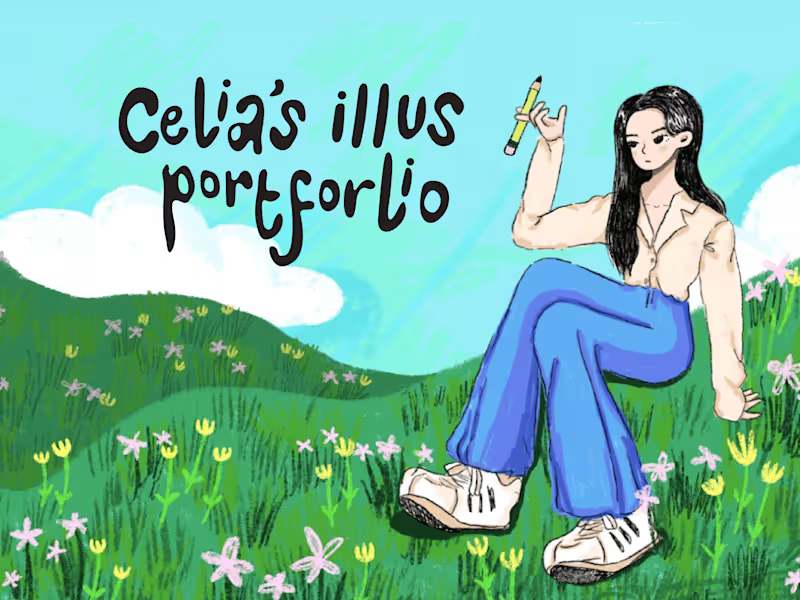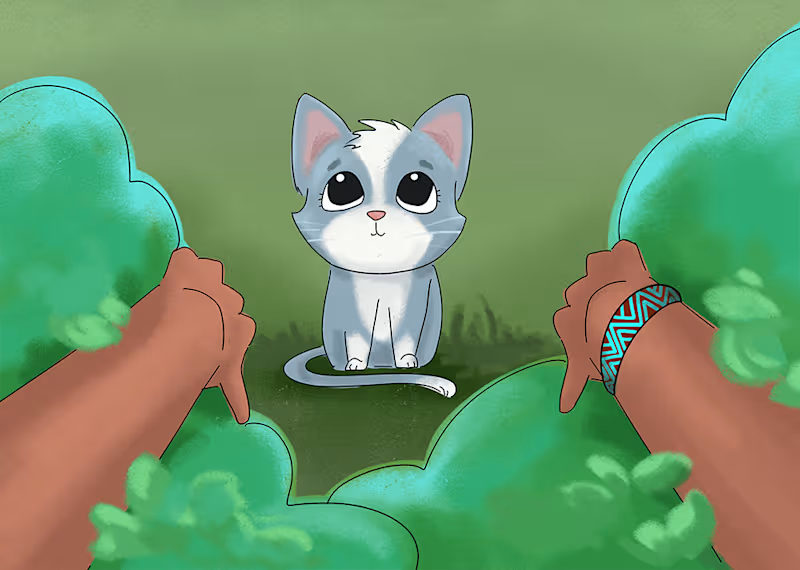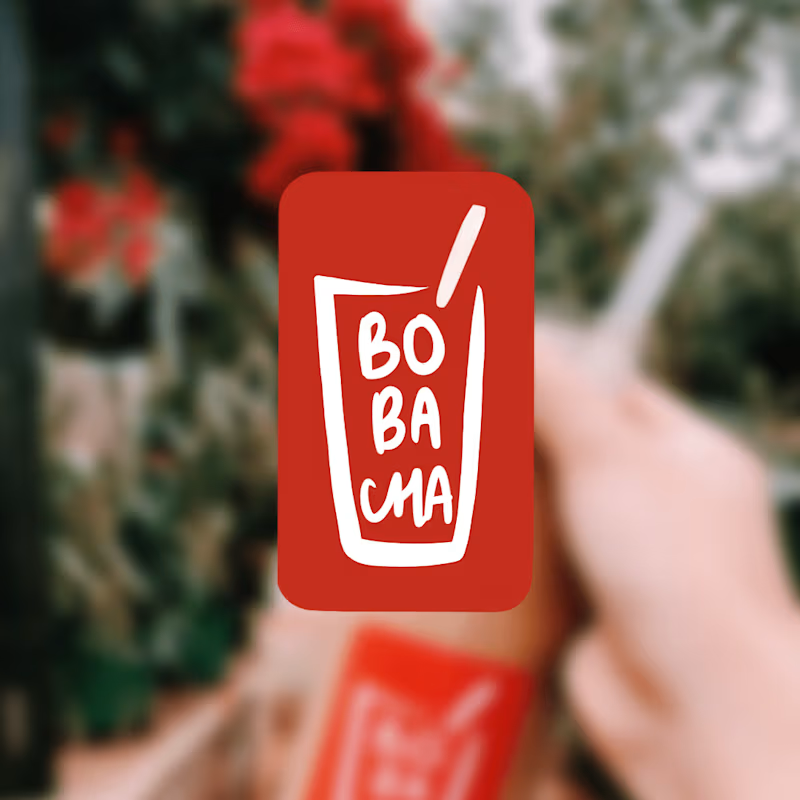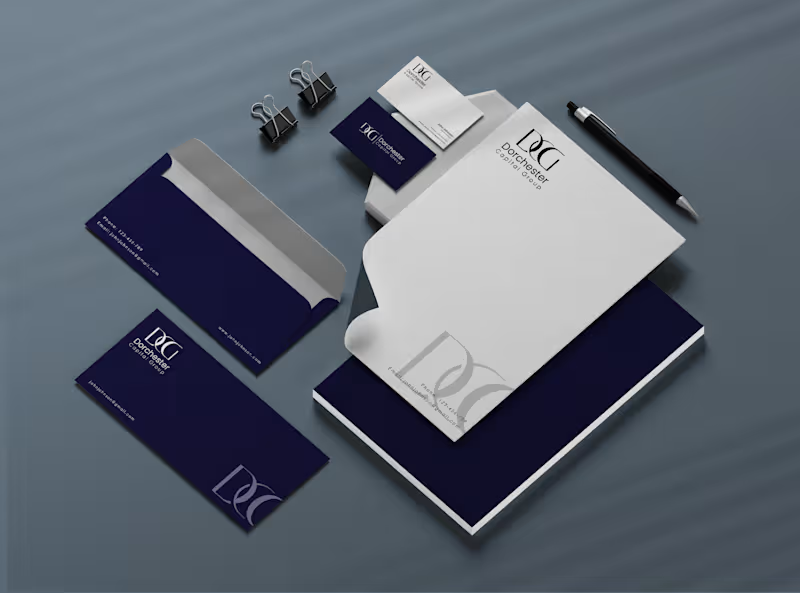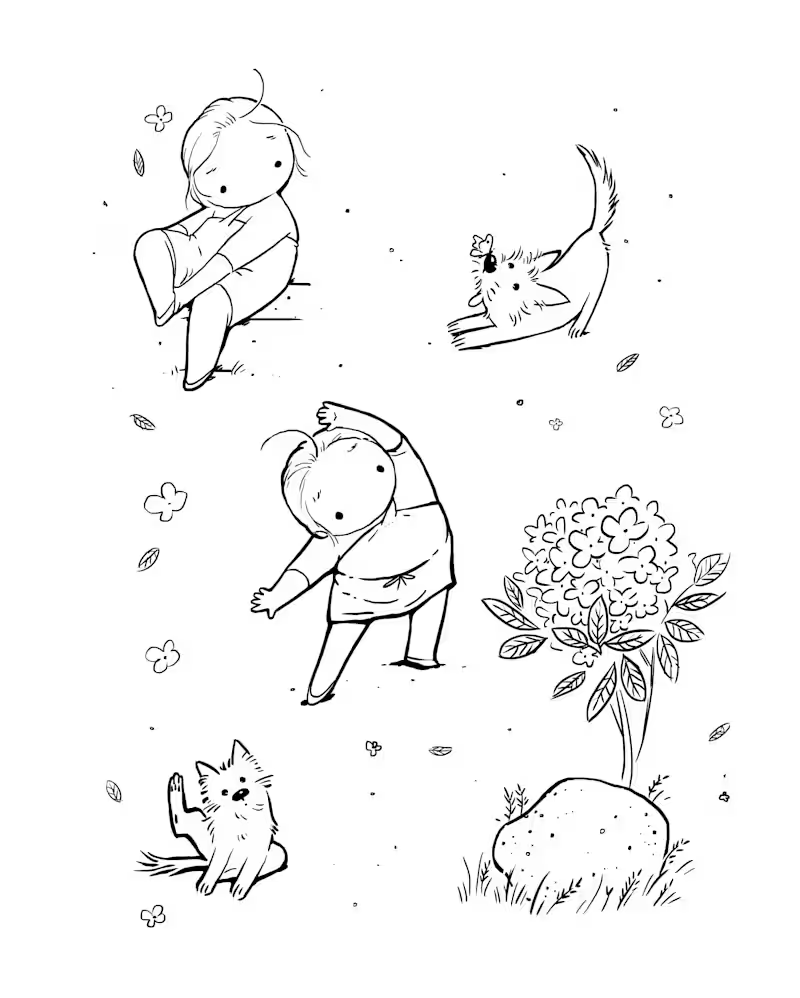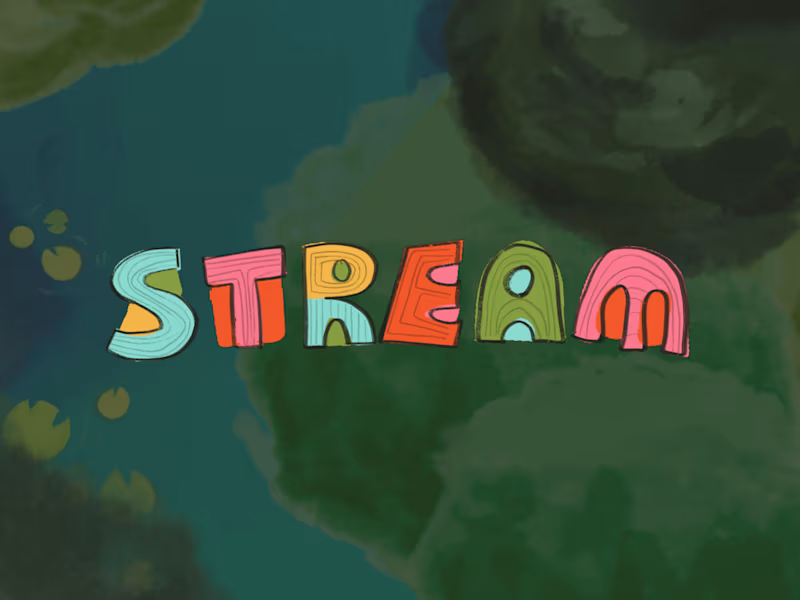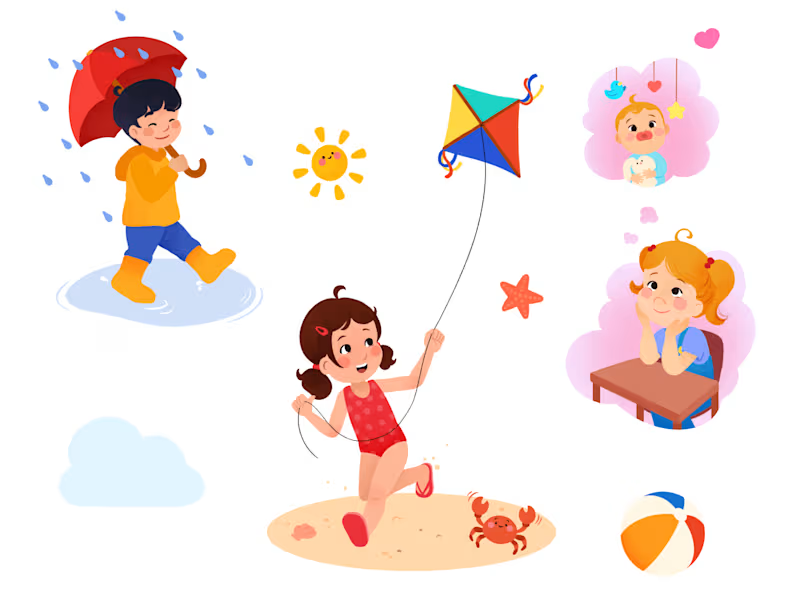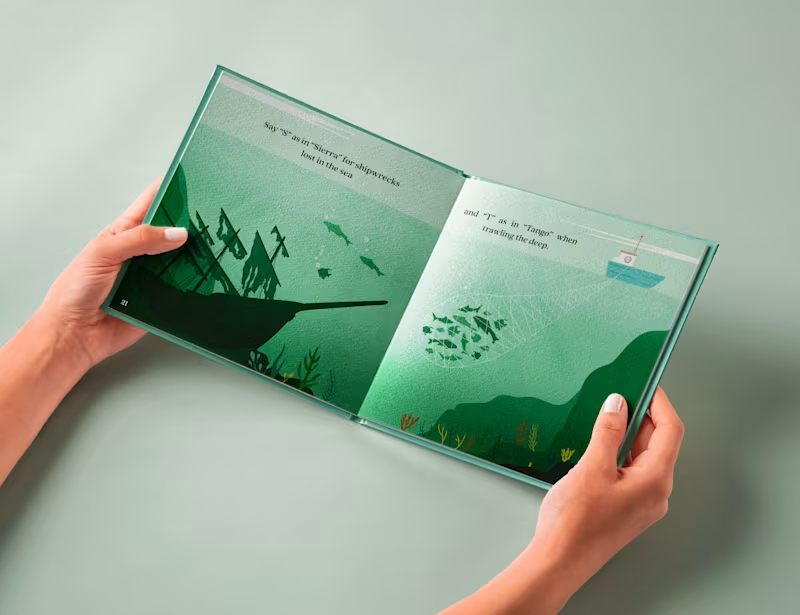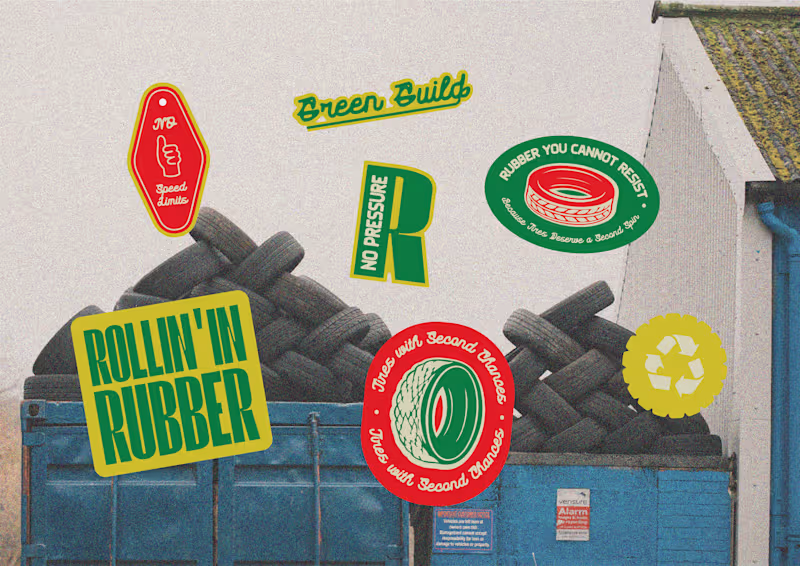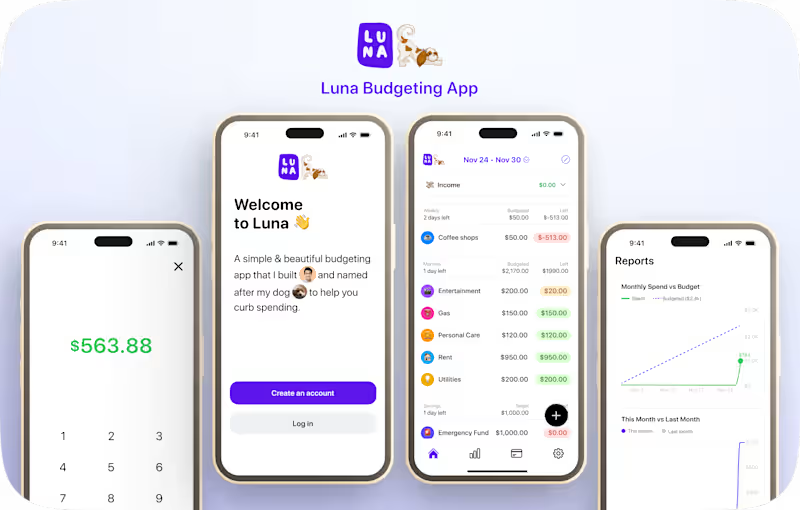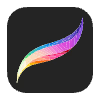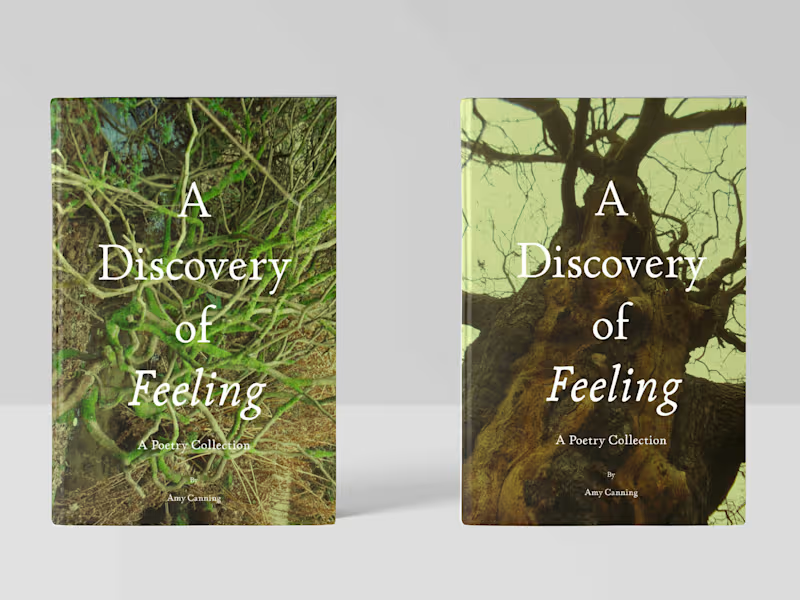How do I know what style of illustration I need?
First, think about the story you want to tell with your project. Look at other work similar to what you’re aiming for and see what styles catch your eye. This could be cartoonish, realistic, or a mix. Understand your brand’s message and target audience, as this will help you narrow down the right style for your illustrations.
What should I include in my project brief for an illustrator?
Include key details like the project's purpose and the message you want to convey. Mention any specific styles you love and any colors or themes. Share the timeline and any important dates. The more clear and detailed your brief is, the easier it will be for the illustrator to understand your vision.
How can I ensure the illustrator’s portfolio matches my project needs?
Look for diverse examples in their portfolio that show different styles and skills. Check if they have done work similar in theme or complexity. See how they have used colors, lines, and details in previous projects. This will help you gauge if they can bring your idea to life.
How do I decide on the right number of revisions?
Think about how many changes you often need to make things just right. Keep in mind what's reasonable for the illustrator to ensure quality. Start by agreeing on a number that provides flexibility, such as two or three rounds of revisions. This allows for improvements while respecting the illustrator's time.
Why is setting clear deadlines important for my illustration project?
Clear deadlines ensure both you and the illustrator know when to deliver and expect work. It helps everyone stay on track and avoid misunderstandings. Add buffer time for revisions or unexpected delays. This ensures your project stays on schedule and meets your needs.
How should I communicate with my illustrator during the project?
Choose a way of communication that works best for both of you, like email or chat. Set regular check-ins to discuss progress and feedback. Good communication helps catch issues early, keeping the project on track and ensuring the illustrator aligns well with your vision.
What format should the final illustration files be in?
Think about where you’ll use the illustrations – online, print, or both. For online use, formats like JPEG or PNG are usually good. For print, you'll likely need high-resolution PDF or TIFF files. Make sure to specify this to the illustrator to avoid any confusion.
How do I protect my project’s creative ideas when working with an illustrator?
Discuss confidentiality and if necessary, use a non-disclosure agreement. This ensures that your ideas and concepts remain safe and protected. Being open about this from the start builds trust and sets expectations on how ideas will be managed.
Who is Contra for?
Contra is designed for both freelancers (referred to as "independents") and clients. Freelancers can showcase their work, connect with clients, and manage projects commission-free. Clients can discover and hire top freelance talent for their projects.
What is the vision of Contra?
Contra aims to revolutionize the world of work by providing an all-in-one platform that empowers freelancers and clients to connect and collaborate seamlessly, eliminating traditional barriers and commission fees.
